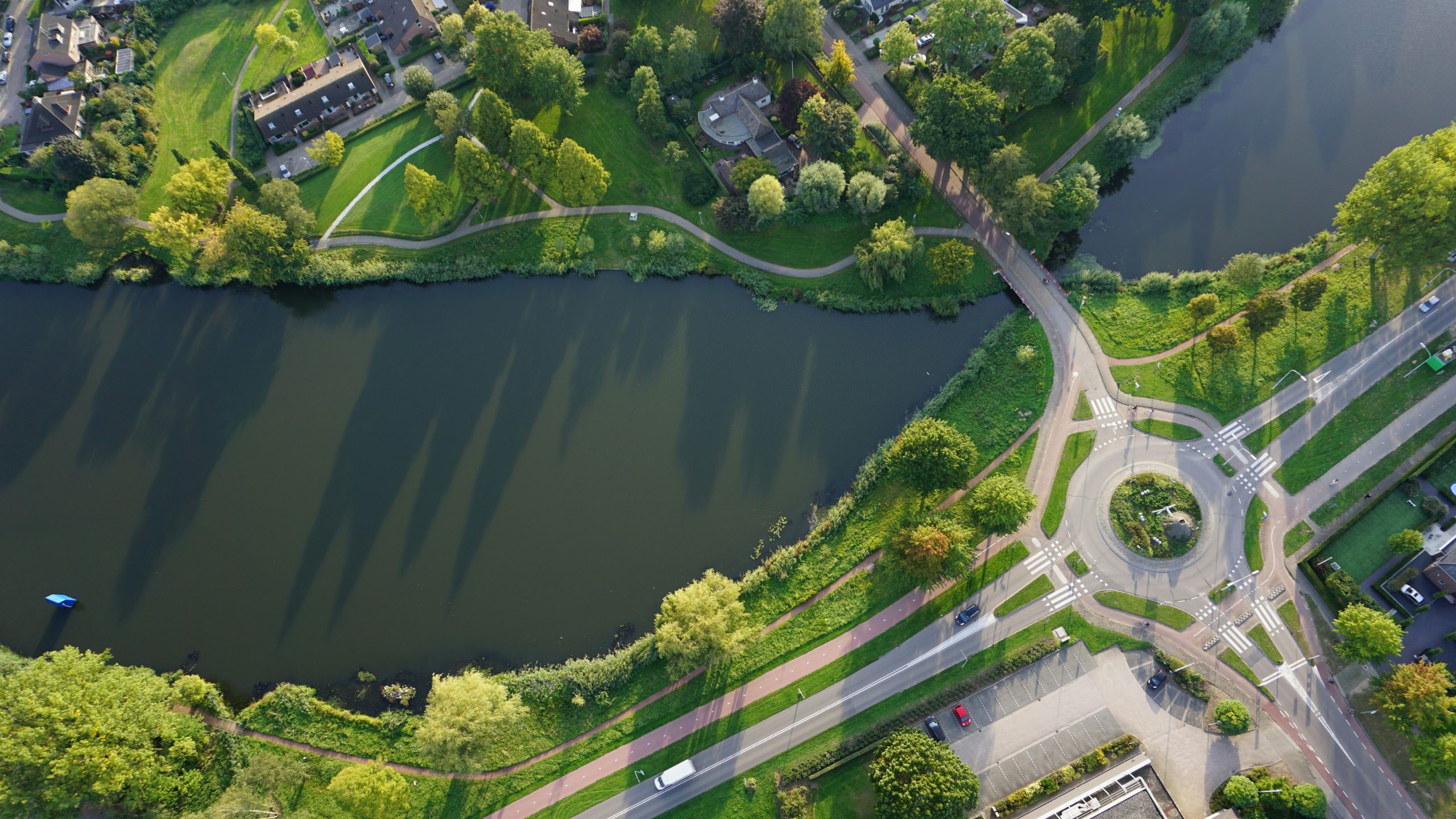Discover the enchanting blend of nature and culture that defines the Yangtze River in this riveting article. Explore the wonders that make it a true marvel, showcasing China’s rich heritage and breathtaking landscapes.
The Rich Biodiversity of the Yangtze River
The Diverse Ecosystem Along the Yangtze River
The Yangtze River, the longest river in Asia and the third-longest in the world, boasts an incredibly rich biodiversity that supports a wide array of ecosystems. From the towering mountains in the upper reaches to the sprawling deltas near the river’s mouth, the Yangtze River basin is home to numerous species of plants and animals.
Flora and Fauna of the Yangtze River
Within the Yangtze River basin, one can find over 4,000 species of plants, including rare and endemic species such as the Dawn Redwood and the Chinese Tulip Tree. The river also supports a diverse range of wildlife, including the critically endangered Yangtze finless porpoise, the Chinese alligator, and the Chinese sturgeon.
Migratory Birds and Wetlands
Every year, the Yangtze River plays host to millions of migratory birds that travel along the East Asian-Australasian Flyway. The river’s wetlands provide crucial stopover points for these birds, offering food and shelter during their long journeys. The Yangtze River basin is dotted with important wetland areas that are vital for both resident and migratory bird species.
Threats to Biodiversity
Despite its rich biodiversity, the Yangtze River faces numerous threats, including habitat loss, pollution, overfishing, and the impacts of climate change. The construction of dams along the river has also fragmented habitats and disrupted the natural flow of the river, affecting the species that depend on its waters.
Conservation Efforts and Future Outlook
In recent years, conservation efforts have been ramped up to protect the biodiversity of the Yangtze River. Initiatives aimed at habitat restoration, pollution control, and sustainable resource management are underway to safeguard the diverse ecosystems of the river basin. With continued conservation actions and public awareness, there is hope that the rich biodiversity of the Yangtze River can be preserved for future generations to enjoy.
Preserving History: Cultural Heritage Along the Yangtze River
Exploring the Rich Cultural Heritage Along the Yangtze River
The Yangtze River, the longest river in Asia and the third longest in the world, winds its way through diverse regions of China, offering a glimpse into the country’s rich cultural heritage. From ancient temples and traditional villages to modern cities and UNESCO World Heritage Sites, the Yangtze River basin is a treasure trove of historical and cultural significance.
Preservation Efforts and Challenges
As the rapid pace of development in China continues, preserving the unique cultural heritage along the Yangtze River has become a pressing issue. Efforts are being made to conserve historic buildings, protect archaeological sites, and promote traditional crafts to ensure that future generations can appreciate and learn from the region’s rich history.
UNESCO World Heritage Sites
Several sites along the Yangtze River have been designated as UNESCO World Heritage Sites, including the ancient city of Lijiang, the Dazu Rock Carvings, and the historic town of Wuzhen. These sites not only showcase the cultural diversity of the region but also serve as important landmarks in China’s history.
Traditional Festivals and Customs
One of the best ways to experience the cultural heritage along the Yangtze River is by participating in traditional festivals and observing local customs. From the Dragon Boat Festival to the Lantern Festival, these celebrations offer a unique insight into the customs and traditions that have been passed down through generations.
Importance of Cultural Exchange
In an increasingly globalized world, cultural exchange plays a crucial role in preserving and promoting the heritage along the Yangtze River. By fostering relationships with other countries and sharing knowledge and resources, China can ensure that its cultural heritage continues to thrive and inspire future generations.
The Yangtze River is not just a geographical landmark but a repository of China’s rich cultural heritage. By recognizing the importance of preserving this heritage, engaging in conservation efforts, and promoting cultural exchange, we can ensure that the legacy of the Yangtze River continues to enrich and inspire us for years to come.
